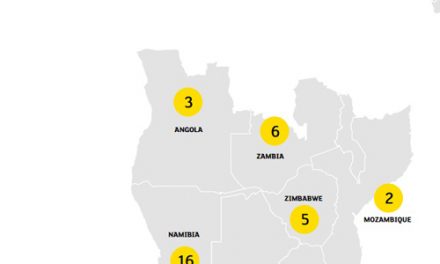
Global passenger traffic to double in 20 years
From the world’s first commercial flight in 1914, to today’s 32 million flights annually, aviation has become part and parcel of our everyday lives. With some three billion air passengers, and 50 million tonnes of freight carried every year by planes, it is estimated that aviation contributes US$2.4 trillion annually to global GDP.
In the next 20 years (2015-2034), according to Airbus’ Global Market Forecast, global passenger traffic will grow at an average 4.6% a year, driving a need for some 32,600 new aircraft above 100 seats (31,800 passenger and 800 freighters greater than 10 tonnes) worth US$4.9 trillion. By 2034, passenger and freighter fleets will more than double from today’s 19,000 aircraft to 38,500. Some 13,100 passenger and freighter aircraft will be replaced with more fuel efficient types.
Emerging economies which collectively account for six billion people, are the real engines of worldwide traffic growth. They will grow at 5.8% per year compared to more advanced economies, like those in Western Europe or North America, that are forecast to grow collectively at 3.8%.
Emerging economies also account for 31% of worldwide private consumption which will rise to 43% by 2034. Economic growth rates in emerging economies such as China, India, Middle East, Africa and Latin America will exceed the world average. A knock on effect is that middle classes will double to almost 5 billion people.
According to the forecast, the tendency to travel by air is increasing. In today’s emerging economies, 25% of the population take one trip per year, and this will increase sharply to 74% by 2034. In advanced economies, such as North America, the tendency to travel will exceed two trips per year.











































